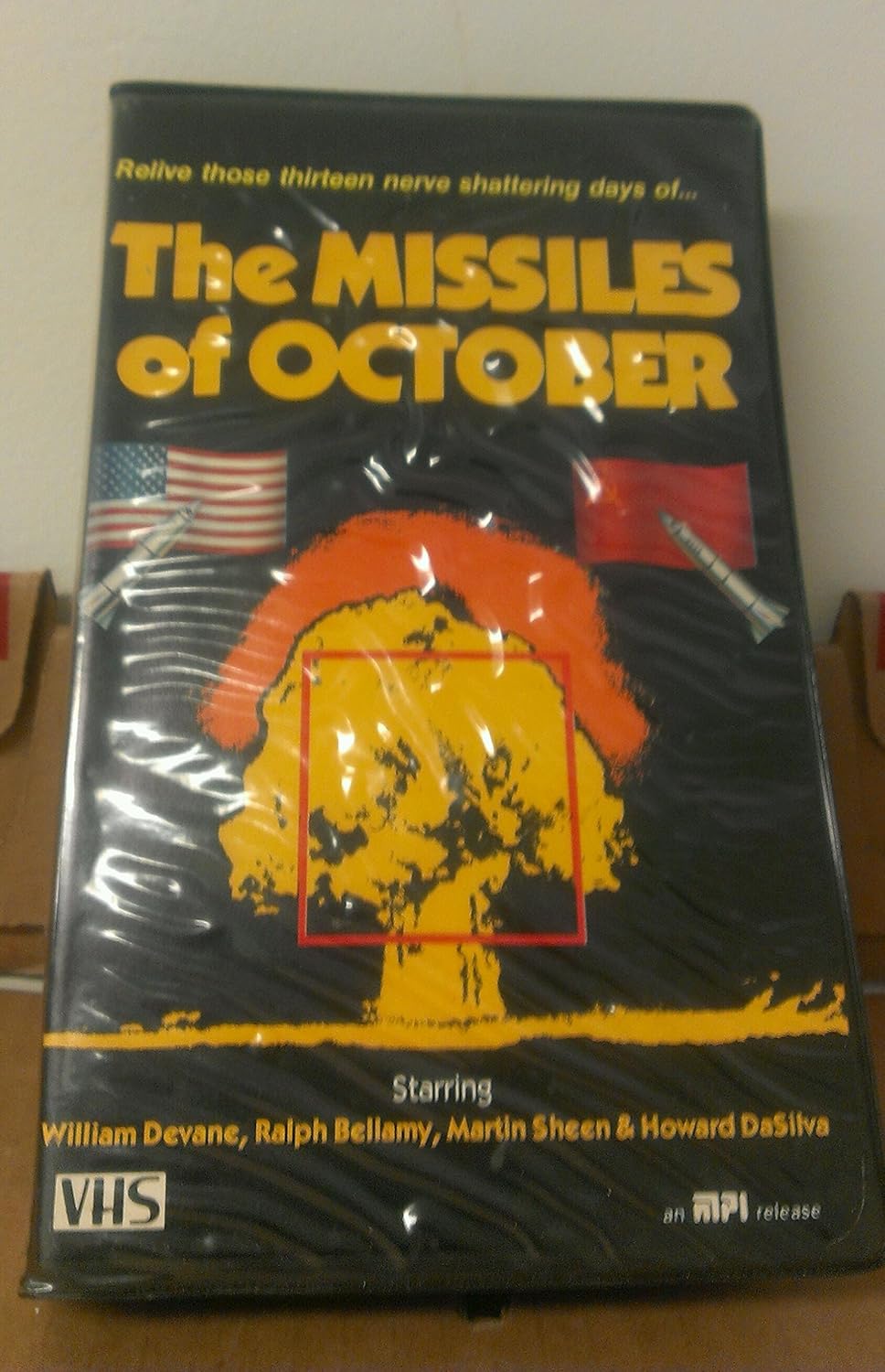Key Takeaways from \’Missiles of October\’: Lessons from the Cuban Missile Crisis
The Cuban Missile Crisis of October 1962 stands as one of the most significant events in Cold War history, lasting just 13 days but exerting a profound influence on international relations and military strategy. This article delves into the key lessons that can be drawn from this crisis, examining the complexities of diplomacy, communication, and decision-making under pressure. The insights gained from this pivotal moment continue to resonate today, offering valuable lessons for contemporary global politics.
The Context of the Crisis

To understand the lessons of the Cuban Missile Crisis, one must first appreciate its context. The crisis emerged from a confluence of Cold War tensions, with the United States and the Soviet Union vying for global supremacy. Following the failed Bay of Pigs invasion in 1961, Cuba, led by Fidel Castro, sought closer ties with the Soviet Union, leading to the secret deployment of nuclear missiles on the island.
In October 1962, U.S. reconnaissance flights revealed the existence of these missiles, sparking a confrontation that brought the world to the brink of nuclear war. President John F. Kennedy’s administration faced an urgent need to respond decisively while avoiding escalation into outright conflict.
Key Takeaways from the Cuban Missile Crisis

1. The Importance of Communication

One of the most critical lessons from the Cuban Missile Crisis is the necessity of effective communication between rival nations. Misunderstandings and miscalculations can lead to catastrophic outcomes, as demonstrated during the crisis.
- Use of Back Channels: Kennedy and Soviet Premier Nikita Khrushchev utilized back-channel communications to convey their intentions and concerns. This informal communication allowed for more candid discussions, reducing the risk of misinterpretation.
- Public vs. Private Messaging: The balance between public posturing and private negotiation was crucial. While both leaders made bold public statements, their private communications revealed a willingness to seek a diplomatic resolution.
- Establishment of Hotlines: In the aftermath of the crisis, the U.S. and Soviet Union established the Moscow-Washington hotline, a direct communication link designed to prevent future misunderstandings. This tool remains a vital part of diplomacy today.
2. The Role of Leadership and Decision-Making

The decision-making processes during the Cuban Missile Crisis highlighted the impact of leadership on international affairs. Kennedy’s approach to crisis management provides valuable insights into effective leadership under pressure.
- Advisory Groups: Kennedy assembled a diverse group of advisors, known as the Executive Committee of the National Security Council (ExComm). This group included hawks and doves, ensuring a range of perspectives were considered before making a decision.
- Deliberation Under Pressure: The administration spent considerable time deliberating various options, from airstrikes to diplomatic negotiations. This careful consideration of alternative courses of action underscores the importance of measured decision-making.
- Adaptive Leadership: Kennedy’s willingness to adapt his strategy based on new information and feedback demonstrated the need for leaders to be flexible and responsive in times of crisis.
3. The Role of Public Perception and Media
The Cuban Missile Crisis was not only a confrontation between superpowers but also a battle for public opinion. The role of media and public perception played a pivotal role in shaping governmental actions.
- Media Coverage: The media’s coverage of the crisis helped to inform and mobilize public sentiment. The U.S. government was acutely aware that public opinion could influence their decisions, particularly in a democratic society.
- Crisis Messaging: The Kennedy administration effectively communicated its stance to the American public, emphasizing the threat posed by Soviet missiles in Cuba while framing their actions as measured and responsible.
- Impact on Future Conflicts: The Cuban Missile Crisis set a precedent for how media coverage could affect international diplomacy, influencing future leaders to consider public reaction when navigating crises.
4. The Significance of Diplomacy and Compromise

Ultimately, the resolution of the Cuban Missile Crisis hinged on diplomacy and compromise. Both Kennedy and Khrushchev recognized the dire consequences of military escalation and sought to find a middle ground.
- Secret Agreements: The resolution involved a secret agreement in which the U.S. pledged not to invade Cuba in exchange for the withdrawal of Soviet missiles. This highlights the effectiveness of discreet negotiations in international relations.
- Mutual Understanding: Both leaders demonstrated a willingness to understand each other’s perspectives, which was crucial in avoiding an escalation into war. This mutual recognition of interests is a vital aspect of successful diplomacy.
- Long-term Relations: The crisis laid the groundwork for subsequent arms control agreements, including the Nuclear Test Ban Treaty of 1963, illustrating how crises can lead to constructive diplomatic outcomes.
5. The Dangers of Nuclear Proliferation

The Cuban Missile Crisis starkly illustrated the dangers posed by nuclear proliferation. The close call between the U.S. and the Soviet Union emphasized the need for robust measures to prevent the spread of nuclear weapons.
- The Nuclear Non-Proliferation Treaty (NPT): Following the crisis, the NPT was established in 1968 to prevent the spread of nuclear weapons and promote disarmament. The treaty remains a cornerstone of global non-proliferation efforts.
- Continuous Threats: The lessons learned from the Cuban Missile Crisis inform current discussions on nuclear threats posed by countries like North Korea and Iran, reminding the international community of the importance of vigilance and diplomacy.
- Global Cooperation: The crisis underscored the necessity for collective action among nations to address the challenges of nuclear weapons, fostering international cooperation to ensure global security.
The Cuban Missile Crisis serves as a critical case study in international relations, offering timeless lessons on communication, leadership, public perception, diplomacy, and the dangers of nuclear proliferation. The effective communication between Kennedy and Khrushchev, the careful decision-making processes, and the eventual diplomatic resolution highlight the importance of understanding and addressing the complexities of geopolitical conflicts.
As we navigate a world still fraught with tensions and the potential for conflict, the lessons learned from the Cuban Missile Crisis remind us of the importance of dialogue, compromise, and the continuous pursuit of peace. By reflecting on these key takeaways, contemporary leaders and policymakers can strive to prevent future crises and foster a more stable international environment.


